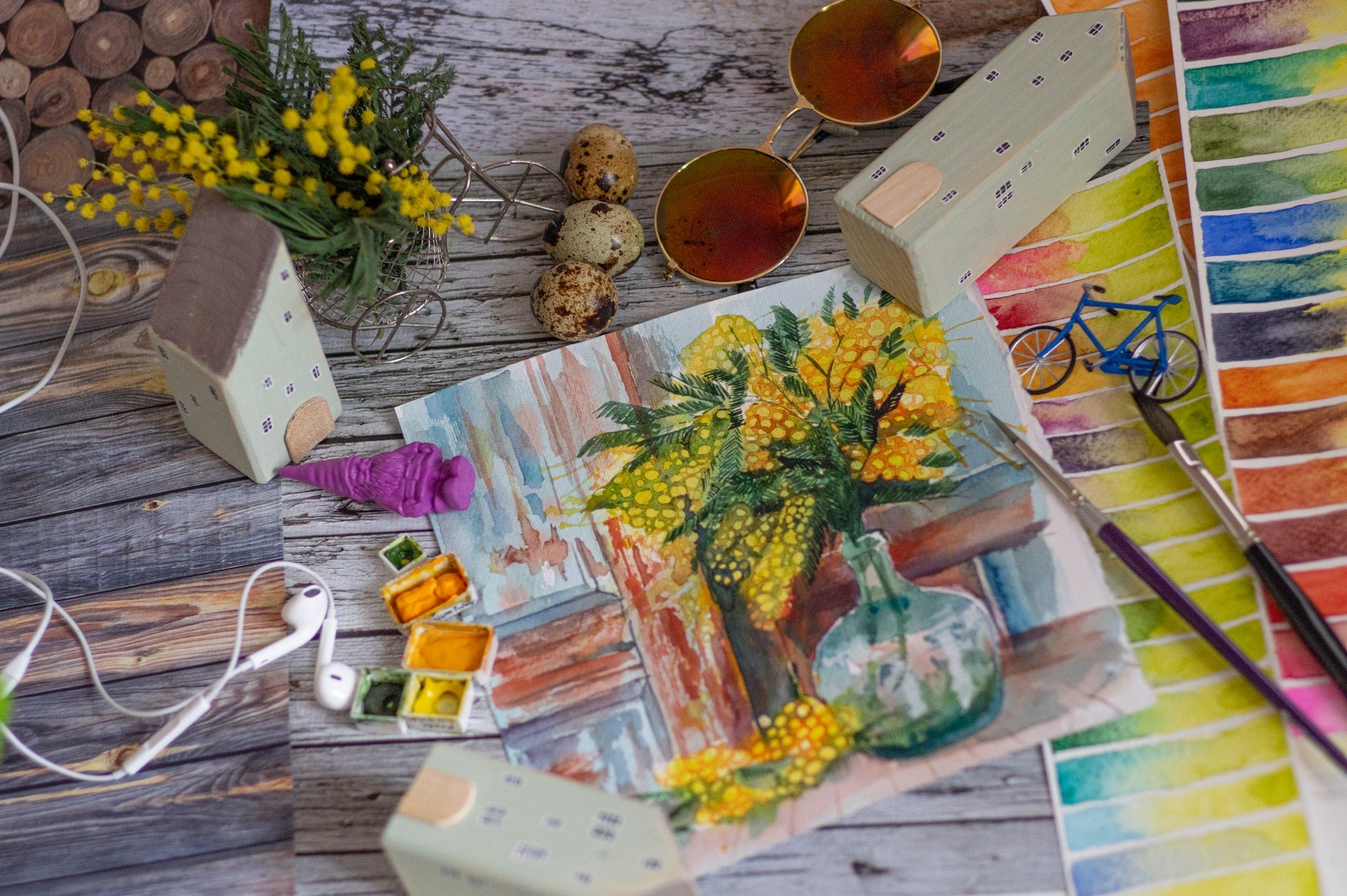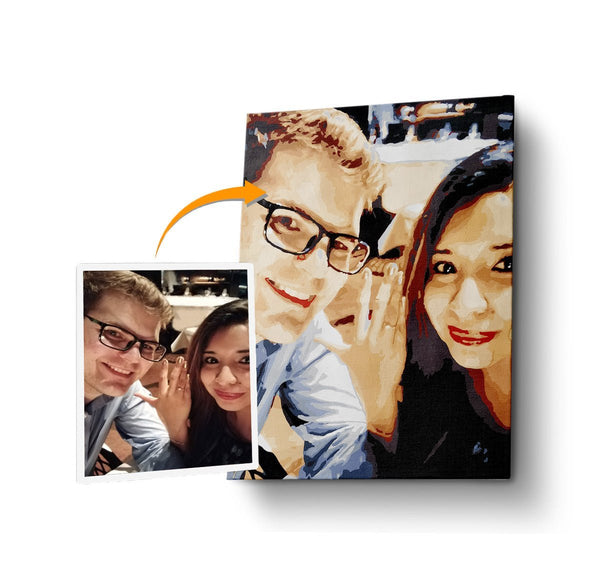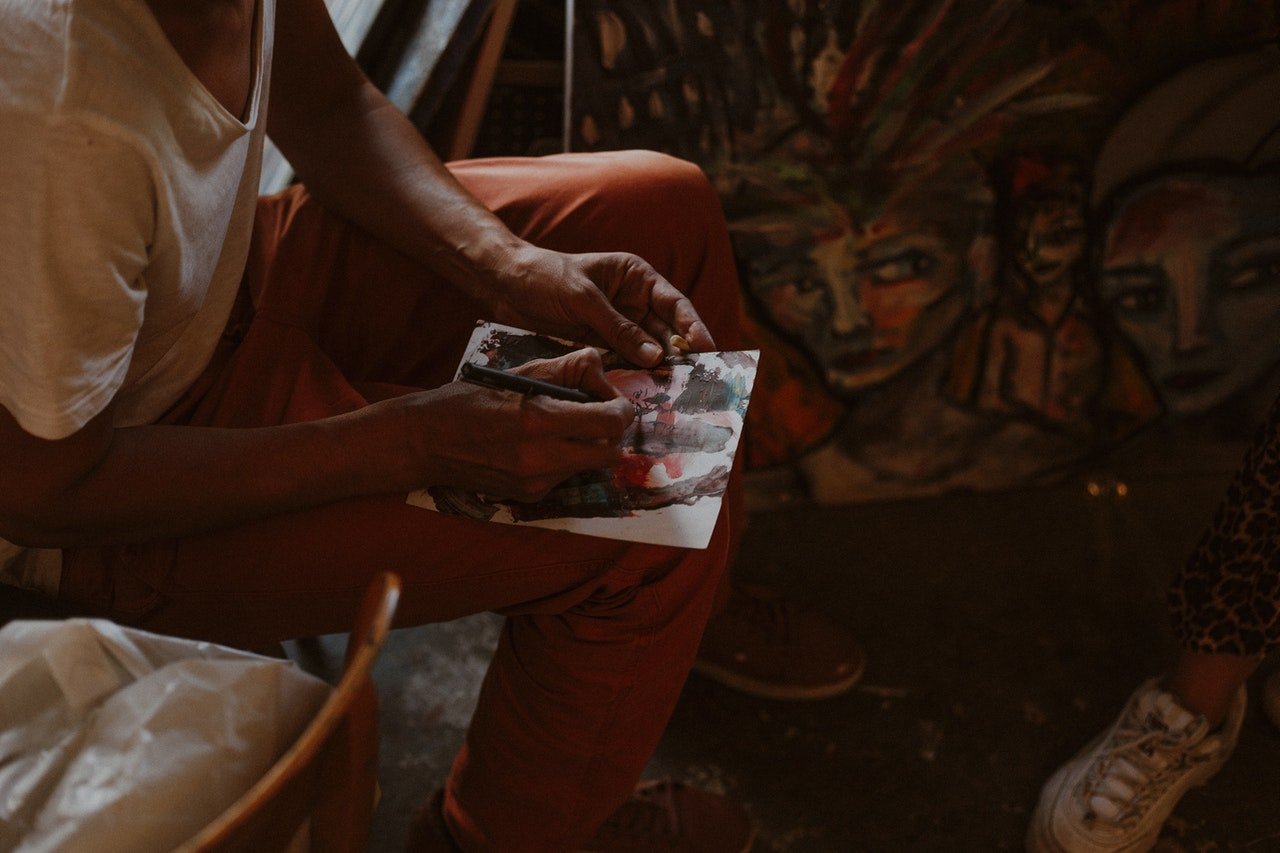
Let’s Learn About Art: What is a Medium in Art?
We hear about the word “medium” all the time but do we exactly know the definition of the term? Since the term “medium” is a very broad word in the context of art, it creates confusion in the meaning.
So, let’s discuss this term by answering the question: what is a medium in art? Medium, when briefly defined, is the many tools and methods that artists have utilized throughout history to create their artworks—may it be painting, sculpture, drawing, and so forth.
From the first naturally-occurring pigments used by cavemen to paint symbols, animals, and hand marks, to the equipment used for sketching and painting, and even to new forms of artistic expression such as digital art and computer-generated images, humans have conveyed feelings, emotions, and expressions in ways that reflect their current resources and technological trends of the time.
To know more about the different media in art as well as their characteristics, continue reading this article because we have got loads of information for you.

As an artist, a medium is your best friend, next to skills. The more you understand the qualities and characteristics of different media used in creating art, the broader your creative possibilities will be. Each creative medium has unique features that involve the use of your skillset to achieve the desired outcomes.
They produce a variety of emotions, textures, and satisfy a variety of certain aesthetics. Media are more than just art tools; they enable artists to convey a message to their audience. Anything that is incorporated in artworks, may it be conventional art supplies or unconventional ones such as a pile of garbage, is considered an artistic medium. In this article, however, we will focus more on the conventional and common art media that are used in different types of visual arts– painting and sketching or drawing so that you can understand the basics.
More about Medium in Art: Painting
Let’s take a look at the most utilized media in painting used by many artists. Let’s study their qualities and characteristics so that you can maximize their uses when you paint to produce better artworks.
1. Oil paint:
Oil paint, a popular artistic medium since the Renaissance, is a slow-drying medium produced from different pigments combined with oil, usually with linseed oil. They’re thick, vibrant, pigmented, and creamy. Because of its slow-drying nature, oils became popular among many artists because painters could easily adjust something in their painting by adding extra layers to the canvas and it simply blends beautifully— oils allow the artist to blend the pigments to avoid harsh lines and edges.
This was extremely beneficial to painters since it freed them from the typical mistakes that were common while using tempera or acrylics.

2. Acrylic paint:
Acrylics, which were invented in the 1950s, contain a synthetic resin to bond pigments. Since it can be diluted with water, and other media such as pouring medium, retarders, molding paste, etc. it can be applied thickly or thinly, and it can also imitate the certain qualities and textures of watercolor or oils. When used on its own without adding anything else, it has distinct properties that other media cannot imitate.
Once dry, acrylic paint is waterproof. Acrylics are known for their versatility and fast drying time and have become an immensely popular painting medium that is frequently utilized by artists today. They're great for beginners so they're mostly recommended for use by many professional artists.
3. Watercolor:
Watercolors are pigments ground in gum, generally gum arabic, and applied to a painting surface, usually watercolor paper. Watercolors are quite popular due to the wide range of colors that are available in stores. However, working with watercolors might be challenging for new artists because water is a property that is hard to tame, blending watercolors is also difficult.

4. Gouache:
Gouache paint is made up of either natural or synthetic pigments, water, and gum Arabic (or, in less costly brands, yellow dextrin) as a binding agent which helps in keeping the paint. Compared to watercolor, gouache has bigger particles and a denser body, making it look heavier, thicker, and more opaque after drying. The paint works best as a flat wash of color when you want a finish as it dries matte. Gouache is perfect for expressive, dynamic, and vivid paintings due to its short drying time.

5. Tempera:
Before the popularity of oil painting, most paintings were done with tempera paints. The colors are kept together using a sticky substance, usually egg yolks. This ingredient binds the pigments together, yet the yolks make the pigments dry quickly and it also gives it a slight yellowish tint. It is commonly known for being water-soluble, non-toxic, and for its good coverage on the painting surface. Its creamy quality allows the paint to flow nicely onto different surfaces such as cardboard, paper, some types of fabric, canvas, and wood.
Common Medium in Art: Sketching or Drawing
1. Pastels:
Chalk pastels are excellent for creating various textures, layering colors, and blending. This artistic medium is popular for its vibrancy in colors and delicate body. This makes it great for both sketching and painting. Using this medium allows you to create artworks with great and various textures, luminous effects, and a great blending of colors with no harsh lines and edges (when mastered this medium).

2. Pencils:
Pencils are known for their firm and sharp points, with their long-lasting, clear thin strokes, which have made them ideal for the needs of draftsmen since the 18th century. It has a lot of creative possibilities and can produce different textures and effects, making it a perfect tool for any artistic genres such as abstract art, realism, whimsical drawings, doodles, compositional sketches, etc. This medium is also known for its wide variety of colors and smoothness so when used correctly, you can create drawings and sketches that are paint-like.

3. Ink:
Ink is a simple and inexpensive art material. It is available in different forms such as drafting pens, graphic pens, fountain pens, etc. Ink is often sold in little vials like paint, or in a pen form, and is suitable for creating different artworks like sketching, writing, and calligraphy. Its versatility and diverse nature allow you to use the liquid ink to sketch using pens, feathers, brushes, wooden sticks, cotton wool, and simply your own hands.

Key Insights
Art comes in a variety of forms, sizes, and shapes. A diverse range of art media enables creative artists to achieve a certain impact in the viewer's eyes, and it also communicates a message while creating a specific type of vibes in their artworks.
Some media are ideal for brightening up luminous sunsets, while others are ideal for recapturing an intriguing and mystical feeling, while some media in the art can bring out imagery. Watercolors and pastels may be used to produce bright and delicate images, while ink can be used to design precise and detail-oriented artworks. However, you can mix and match any medium to give you the best of both worlds with different effects, styles, and textures.
There is no such thing as "the best medium for artists," since the choice of medium is based on your tastes, concepts, and creative goals. By trying each of them and studying their features and characteristics, you will be able to select which one is the best for you and your artistic ideas.





